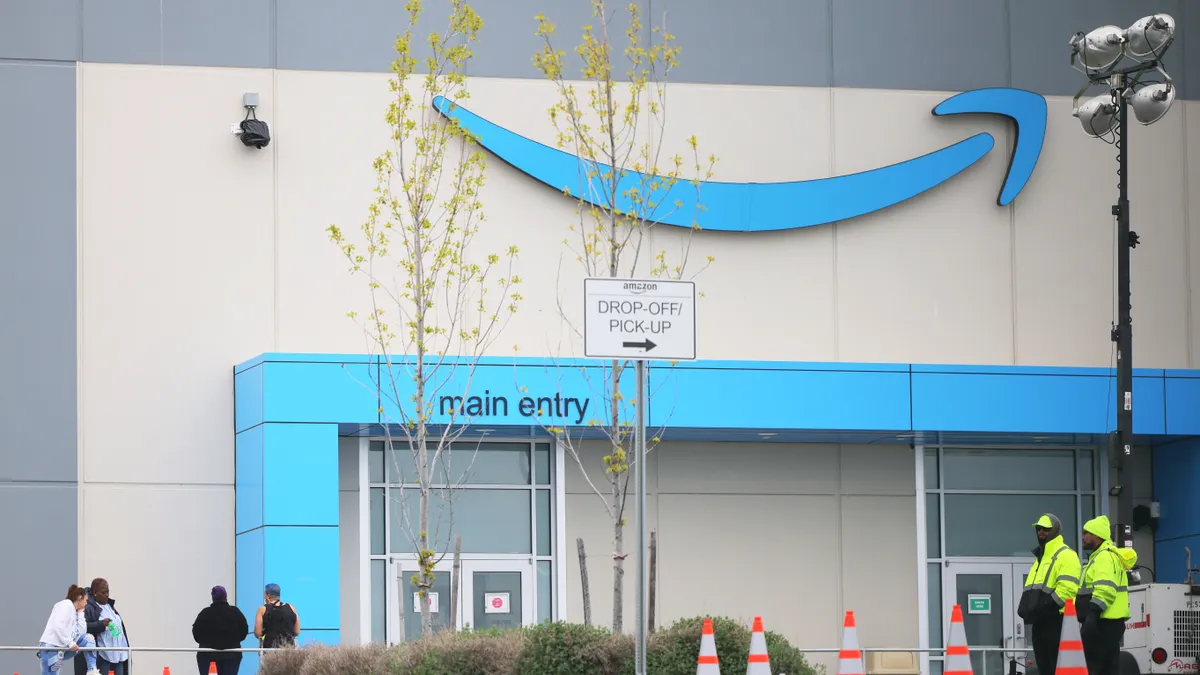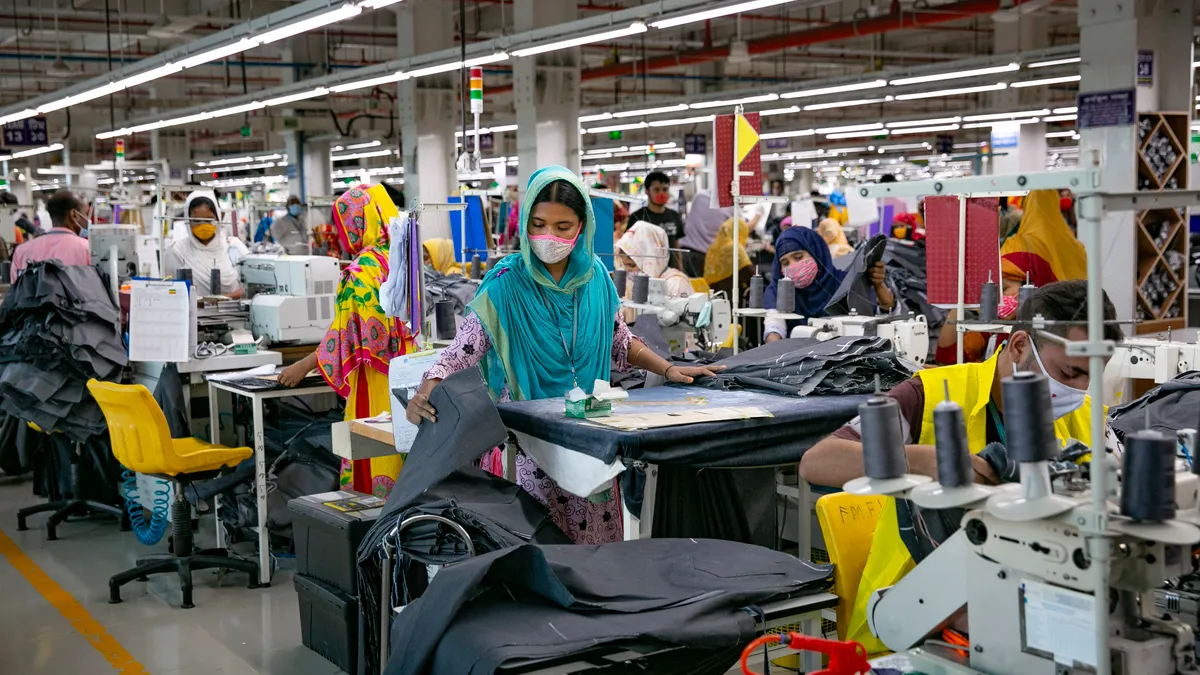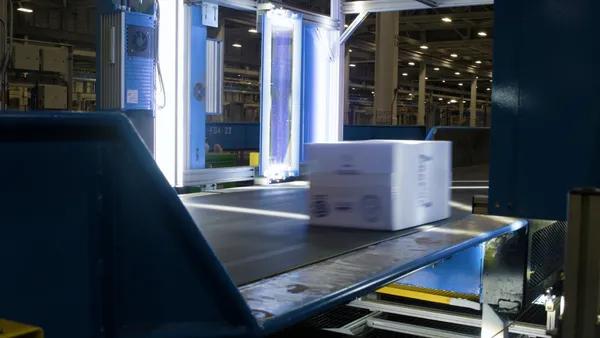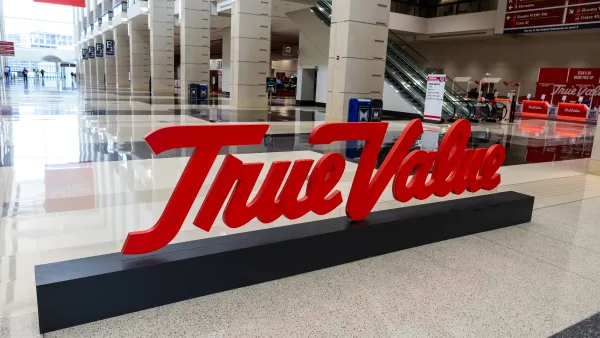Dive Brief:
- Amazon has slowed its operations expansion plans for this year and 2023 "to better align with expected customer demand," CFO Brian Olsavsky said on the e-commerce giant's Q2 earnings call Thursday.
- A glut in fulfillment capacity was part of the $6 billion in added costs the company saw in Q1, along with inflationary pressures and less productive warehouses. The company has since made progress in reducing those costs, which settled in at $4 billion in Q2. Olsavsky said that was in line with Amazon's expectations.
- "We expect fixed cost leverage to improve in the second half of the year as we continue to grow into our capacity," Olsavsky said. "We've also taken steps to slow future network capacity additions."
Dive Insight:
Amazon had accelerated the growth of its distribution network to meet heightened demand in 2021, with fulfillment and transportation capacity being the focus of more than half of its total capital investments, according to Olsavsky. Now, the company is slowing supply chain investments as it sees slowing revenue growth and declining sales.
Net sales at Amazon’s online stores fell 4% YoY. The company expects 40% of capital investments this year to be focused on warehouse or transportation capacity, down from 55% in 2021.
“We expect the fulfillment and transportation dollars spent on capital projects to be lower in 2022 versus the prior year," Olsavsky said.
Amazon also saw a $2 billion net loss in the quarter following a $3.9 billion pre-tax valuation loss from its investment in Rivian, which is producing 100,000 custom-made delivery vehicles for Amazon.
A strong fulfillment network is still a critical component of Amazon's business. Olsavsky noted that third-party sellers represented a record 57% of all units sold on Amazon in Q2 and that "Fulfillment by Amazon provides sellers the ability to offer fast delivery." The company saw a quarter-over-quarter improvement in delivery speed, he added.
Amazon has also grappled with excess employees in its fulfillment network. The company hired additional workers to fill in for those sidelined by the omicron variant earlier this year, but warehouses became overstaffed after the variant's spread subsided. Amazon "adjusted staffing levels" in Q2, Olsavsky said — the company's employee headcount fell 6% from the previous quarter.
"I would note that we're still up 188,000 [employees] year-over-year and nearly double the headcount of what we had heading into the pandemic in early 2020," Olsavsky said.















